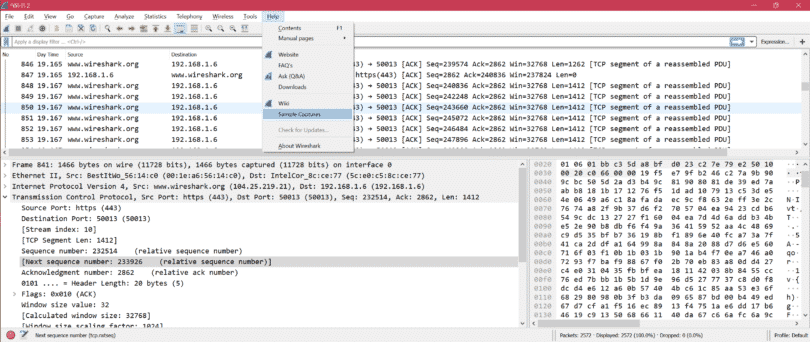



Quick background: Google wrote a variety of XMPP extensions to make Google Talk do voice and a bunch of other non-standard XMPP things. It’s been a too-busy-to-write week, but I found some time the last few evenings to brush up my C coding (only hacking at this point, really) to make Asterisk 1.8 do something I’ve wanted from the beginning: Google Talk’s invisible mode for the Google Voice integration.

facebook Google Voice PSTN SIP Skype XMPP Google killing off Gizmo5 SIP is firmly in place as the current IP trunking standard but might soon be falling behind when it comes to connecting the end-users. The standard with the most implementations wins (Betamax, anyone?) and Google has the weight to tip the end-user-connectivity scales toward XMPP/Jingle. SIP’s technical body is the IETF and H.323’s technical body is the ITU. I think the only thing standard means today is that your work is published for others to use and some technical group of people reviews it. Some folks would say that it’s not “standards-based” unless SIP is doing the signaling. Google’s offering is standards-based: “To support Hangouts, we built an all-new standards-based cloud video conferencing platform.” And those standards are “ XMPP, Jingle, RTP, ICE, STUN, SRTP” and “HTTPS + SRTP”. I don’t have a Google+ account and haven’t tried it out yet. Meanwhile, Google is doing it their own way with XMPP: Announcing Google+ Hangouts – Google keeps working at the XMPP extensions to make the protocol media-rich, and now they have group video chat. It’s basically the Skype client condensed down to a browser plugin. What could the utilities or private enterprise do with a copper grid and switching infrastructure that reaches even the most rural parts of the United States?įrom the VoIP and Gadgets blog: How Skype Works With Facebook – an interesting interview about how Skype put their technology in the web browser for Facebook video chat. I think that infrastructure still has a lot of value to it, but not necessarily for traditional telephone service. The big concern seems to be maintenance of infrastructure when traditional landline subscribers are dropping off rapidly. TAC to FCC: Set a Date Certain for the End of the PSTN – and the proposed year is 2018. Some interesting VoIP-related news I read this week:


 0 kommentar(er)
0 kommentar(er)
